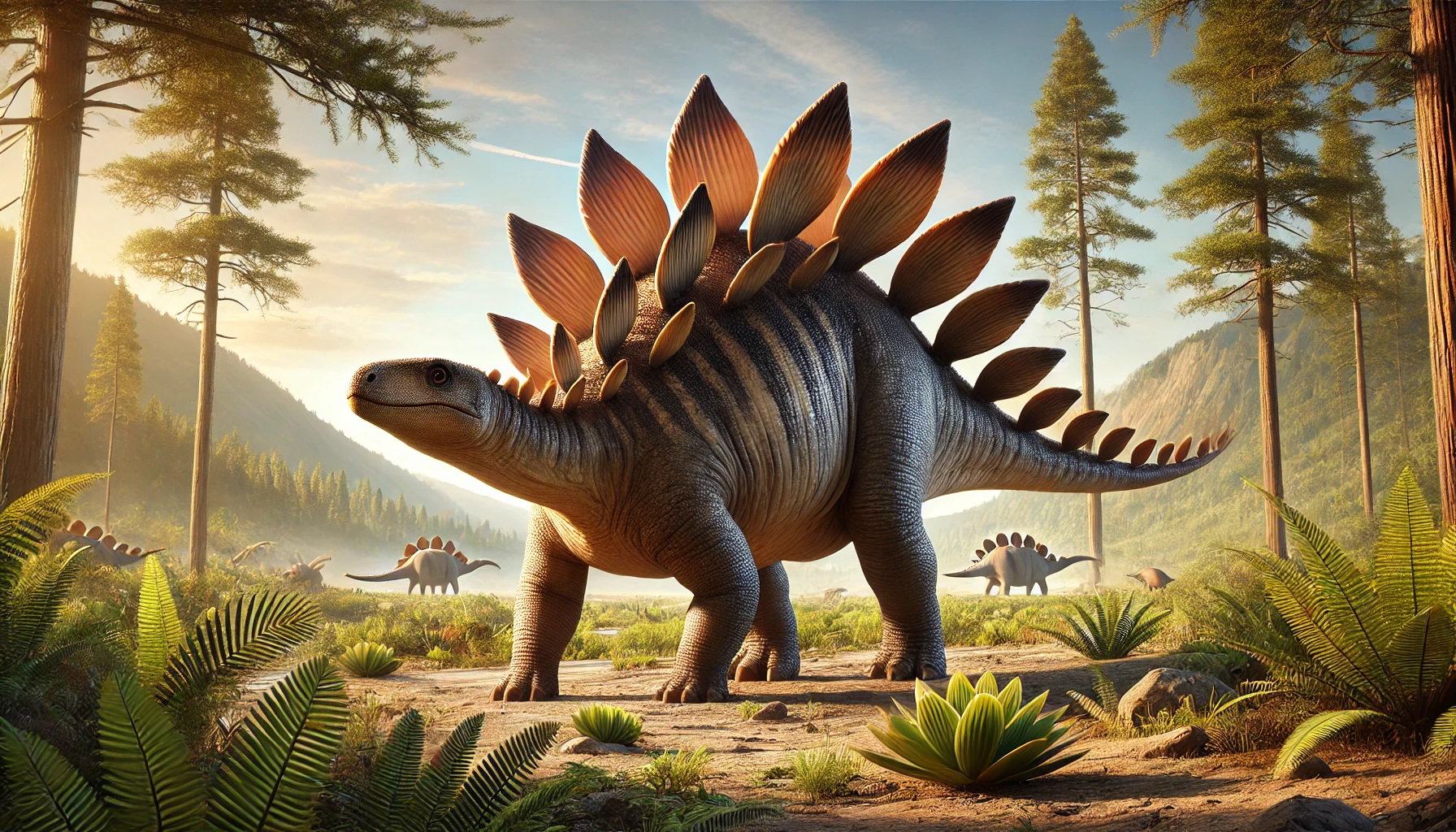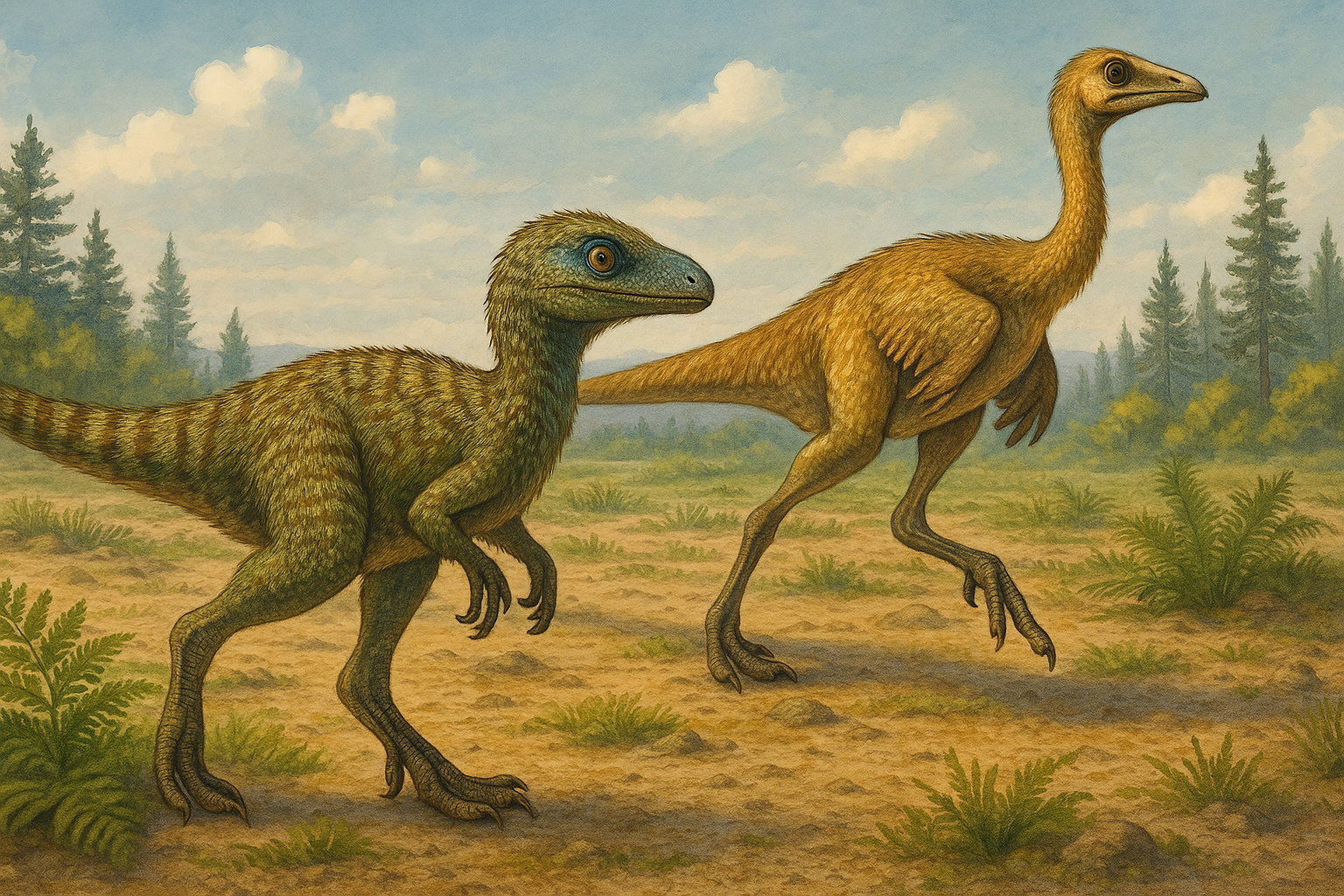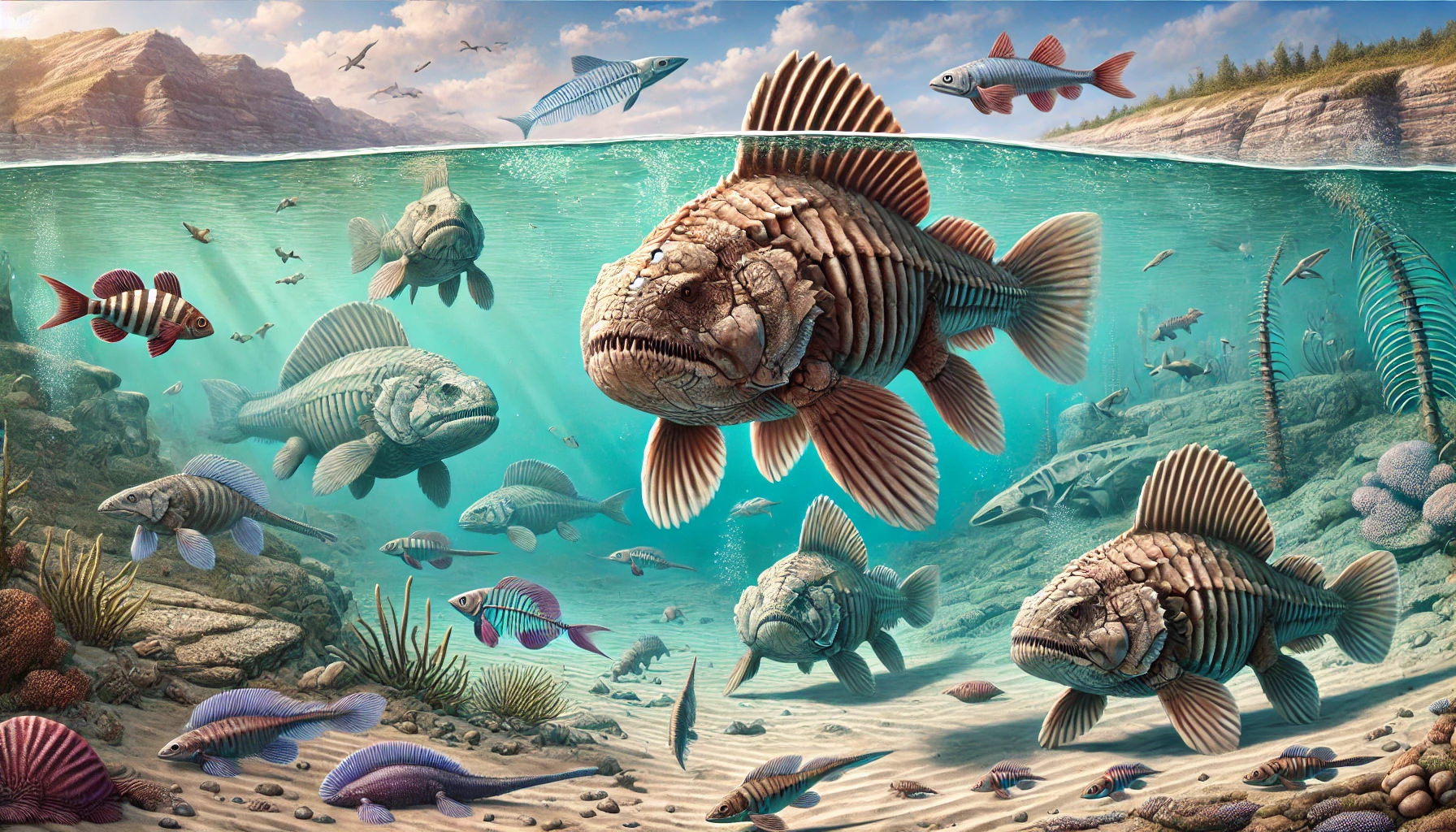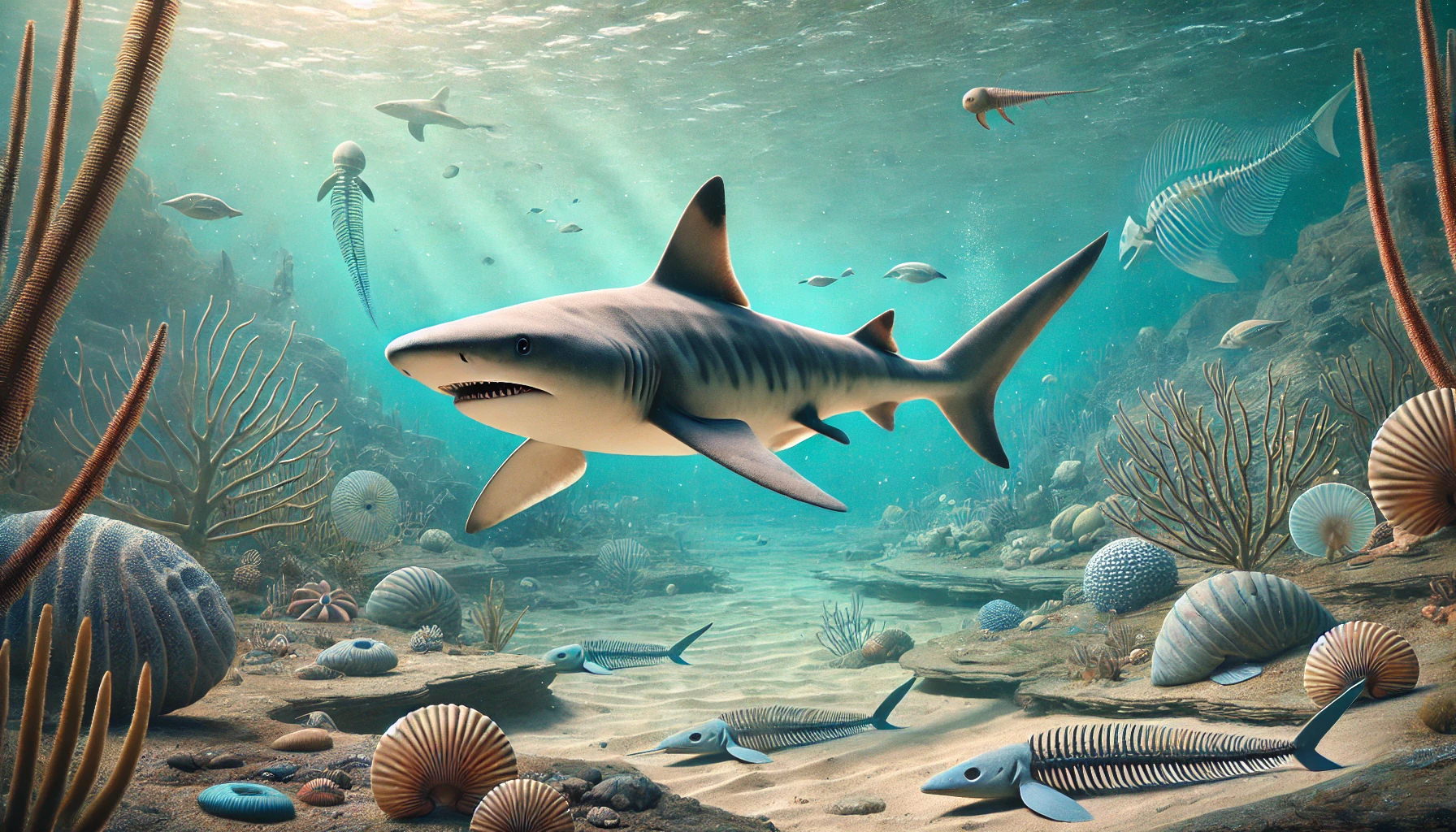- Feathers, Fluff, and Flight: How Dinosaurs Became Birds
- Are Birds Really Dinosaurs?
- When Did Feathers First Evolve?
- What Kind of Dinosaurs Had Feathers?
- How Did Flight Evolve?
- Modern Bird Features That Began in Dinosaurs
- The “Miniaturization” Step
- What Does DNA Say?
- Why It Matters
- FAQ
- Did all dinosaurs have feathers?
- Is Archaeopteryx a dinosaur or a bird?
- Which dinosaur is most closely related to modern birds?
- How do we know dinosaurs had feathers?
- Are birds still considered dinosaurs?
Feathers, Fluff, and Flight: How Dinosaurs Became Birds
Millions of years before modern birds flitted across skies and city parks, their ancestors stalked the Earth as feathered, ground-dwelling dinosaurs. The idea that birds evolved from dinosaurs isn’t just science fiction — it’s one of the best-supported evolutionary stories in paleontology. From fluffy down to powered flight, the transformation is a tale of feathers, function, and fossil clues.
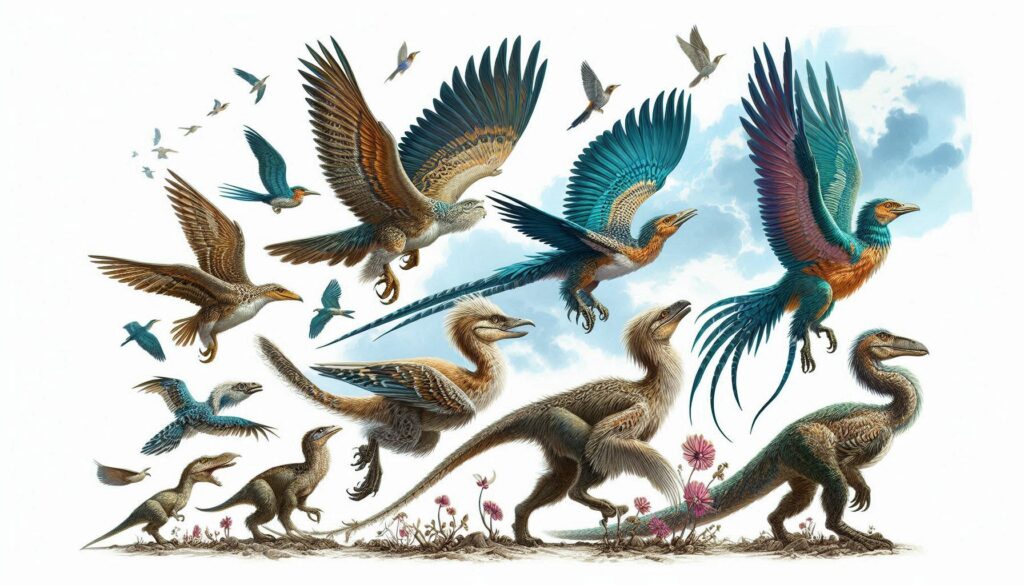
Are Birds Really Dinosaurs?
Yes — in a scientific sense, birds are dinosaurs. They belong to the group Theropoda, which includes predators like Velociraptor and Tyrannosaurus rex. The evolutionary link between birds and these two-legged dinosaurs has been confirmed through fossil evidence, skeletal comparisons, and even molecular studies.
So when you see a pigeon or hawk, you’re essentially looking at a modern-day, miniaturized, flying dinosaur.
When Did Feathers First Evolve?
Feathers likely evolved long before birds did. Some of the earliest feather-like structures are found in non-avian dinosaurs from the Jurassic period — such as Anchiornis, Sinosauropteryx, and Yutyrannus. These proto-feathers were likely used for insulation, display, or even brooding, not flight.
Modern feathers have complex branching structures, but early forms were much simpler: fluffy, hair-like filaments known as protofeathers.
What Kind of Dinosaurs Had Feathers?
Feathers have been found on a wide variety of theropods, including:
- Velociraptor – famously had quill knobs, suggesting well-developed feathers
- Microraptor – had feathers on all four limbs and may have glided or flown
- Caudipteryx – a small, feathered dinosaur with peacock-like tail plumes
Even larger dinosaurs, like the 9-meter-long Yutyrannus, show evidence of a feathered coat — suggesting that feathers weren’t just for flight, but also for temperature regulation and display.
How Did Flight Evolve?
The path from feathered dinosaur to bird involved several key adaptations:
- Development of asymmetrical feathers for aerodynamic control
- Fusion of bones in the hand and wrist for wing structure
- A keeled breastbone for anchoring strong flight muscles
- Reduction of tail length and body weight
The famous transitional fossil Archaeopteryx, discovered in 1861, shows both avian and dinosaur traits — including teeth, clawed fingers, and a bony tail, alongside well-developed flight feathers.
Modern Bird Features That Began in Dinosaurs
Many features we associate with birds appeared first in non-avian dinosaurs:
- Feathers: as early as 160+ million years ago
- Hollow bones: for lighter bodies
- Nesting and brooding behavior: seen in fossils like Oviraptor
- Beaks: evolved gradually as some species lost teeth
The “Miniaturization” Step
One of the keys to the evolution of birds was size. Over millions of years, certain theropods became smaller — a trend known as miniaturization. This allowed better maneuverability, faster metabolism, and flight capability. The bird lineage didn’t just sprout feathers — it shrank, adapted, and diversified.
What Does DNA Say?
Modern genetic studies reinforce the link between birds and dinosaurs. Chickens, for instance, have genes associated with tail development and even tooth formation — traits they inherited from their dinosaur ancestors but no longer express.
Why It Matters
This discovery reshaped our understanding of dinosaurs. Far from being slow, scaly monsters, many were fast, agile, feathered, and possibly warm-blooded. Knowing birds are living dinosaurs brings the Mesozoic world closer to the present than we ever imagined.
FAQ
Did all dinosaurs have feathers?
No, but many theropods — especially those closely related to birds — had feathers or feather-like structures.
Is Archaeopteryx a dinosaur or a bird?
Both! It’s a transitional species showing features of both groups, considered one of the earliest birds.
Which dinosaur is most closely related to modern birds?
Small maniraptoran theropods like Velociraptor, Deinonychus, and Microraptor are considered close relatives.
How do we know dinosaurs had feathers?
Feather impressions have been found in fossilized sediment around dinosaur skeletons, especially in China’s Liaoning province.
Are birds still considered dinosaurs?
Yes. Scientifically, birds are a surviving branch of the dinosaur family tree — specifically, avian dinosaurs.
# bird evolution from dinosaurs, feathered dinosaurs, when did birds evolve, theropod to bird evolution, archaeopteryx fossil, are birds dinosaurs, flight evolution, dinosaur feathers, bird ancestors, Mesozoic birds



